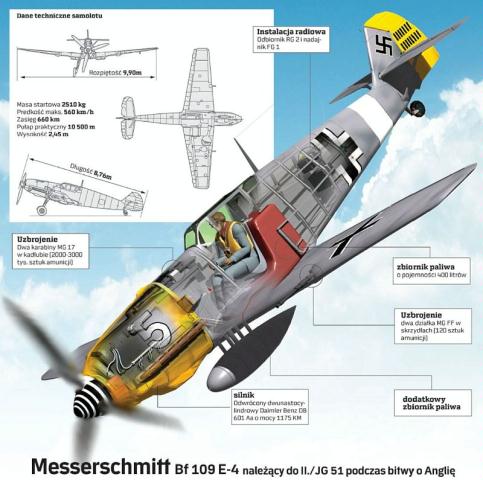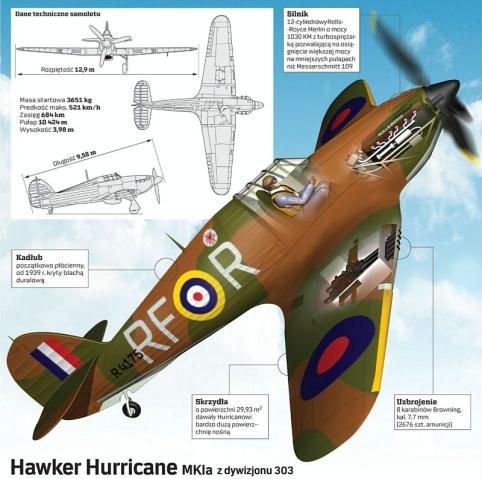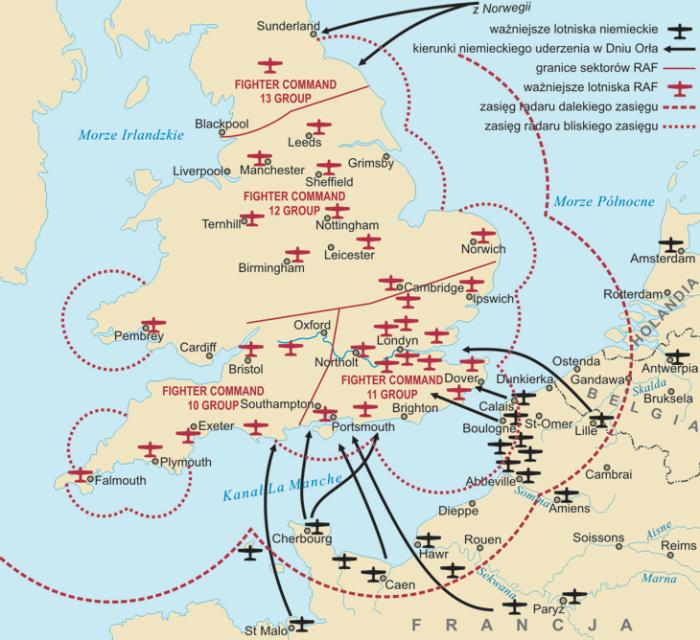https://ospreypublishing.com/thisweekhistory/
Combat Aircraft 1: Junkers Ju 87 Stukageschwader 1937-41 covers the first four years of operational service of the Stuka, an important and fearsome component of Germany’s Blitzkrieg arsenal. It traces its career through the Spanish Civil War and the Blitzkrieg period to its less successful missions against the south coast of England and the stiff opposition of the Royal Air Force. In this extract a Stuka pilot recalls a raid in July 1940 on a coastal convoy and the ensuing dogfight:
Further reading
Aviation Elite Units 1: Jagdgeschwader 2 and Aviation Elite Units 9: No 43 ‘Fighting Cocks’ Squadron are combat histories of two of the fighter units that were pitted against each other in the Battle of Britain and served their countries with distinction through the rest of World War II. Men-at-Arms 225: The Royal Air Force 1939-45and Men-at-Arms 377: Luftwaffe Air & Ground Crew 1939-45 are studies of the uniforms, flying kit and organisation of the two opposing air forces.
An extract from Aircraft of the Aces 18: Hurricane Aces 1939-40 celebrates the majority of the legendary ‘few’ and the Hawker Hurricane, the Royal Air force’s first monoplane fighter, the backbone of the desperate British defence against the Luftwaffe. In this extract two aces describe the bold but effective tactic they favoured for dealing with large bomber formations –
Head on attacks
Head on attacks
A great proponent of this method of attack was Flt Lt ‘Pete’ Brothers who, whilst serving as a flight commander firstly with No 32 Sqn and then No 257 Sqn, scored ten kills during the Battle of Britain;
‘The urgent thing was to get at the bombers before they dropped their bombs, and if you were short of the height you wanted to carry out a stern or beam attack, the best thing was to take them head-on and go straight through the formation. I always dived underneath the bombers short of impact because I always thought that the instinctive thing for pilots to do was pull up rather than push down when faced with collision, and the last thing I wanted was to meet a Dorner or Heinkel at close quarters. This manoeuvre also produced additional speed, thus enabling me to pull the Hurricane around once clear of the bombers and turn back into them again for a more conventional stern attack.
‘Head on shots were the easiest of the lot to perform because there was no deflection needed whatsoever. I would press home the attack until I thought a collision was almost inevitable. In many respects this was the best from of attack, as most bombers had less protection from both guns and armour at the front. It was often very difficult to confirm whether you had inflicted mortal damage to an aircraft after a single pass, however, as once you had turned back into the bombers the formation had often scattered in response to your initial assault. With a stern attack you would usually look to set an engine on fire, thus denoting some success for your endeavours.’
Another great proponent of the head-on attack was No 253 Sqn’s OC, Sqn Ldr G R ‘Gerry’ Edge, who had earlier perfected his technique with No 605 Sqn over the Dunkirk beaches whilst achieving ace status. Indeed, he got so proficient at tackling bombers as the summer months wore on that of the 11 kills (added to his 71/2 over France) he claimed between 7 and 15 September, no less than five of these were Ju 88s (four claimed on 9 September alone), four He 111s and one a solitary Do 17. In the following passage, he describes the intricacies of his favoured method of attack;
‘If you left it till your last hundred yards to creak away from a head-on attack, you were in trouble. With practice, you got to judge when to break. But once you knew how, a head-on attack was a piece of cake. When you opened fire, you’d kill or badly wound the pilot and the second pilot. Then you’d rake the line of them as you broke away. On one attack, the first Heinkel I hit crashed into the next Heinkel. There was a lot of crashing between the bombers we attacked head-on.’
Combat Aircraft 1: Junkers Ju 87 Stukageschwader 1937-41 covers the first four years of operational service of the Stuka, an important and fearsome component of Germany’s Blitzkrieg arsenal. It traces its career through the Spanish Civil War and the Blitzkrieg period to its less successful missions against the south coast of England and the stiff opposition of the Royal Air Force. In this extract a Stuka pilot recalls a raid in July 1940 on a coastal convoy and the ensuing dogfight:
The Kommandeur gives the pre-arranged signal to attack. Ahead of me one machine after the other wings over and disappears into its vertical dive. I am just about to follow suit when an English fighter closes in on me. I quickly stand my crate on its head and succeed in shaking him off. While my wireless-operator watches him and keeps up a running commentary on his movements, I concentrate on the ship I have selected as my target. It looms larger in my sights by the second. A slight pressure on the release button – a jolt – and my bomb is on its way.
‘Looking back, I see it explode alongside the ship’s hull. But the aircraft behind me scores a direct hit. There is not time to bask in our success – despite the best efforts of our fighter escort, enemy fighters have broken through and are trying to pick us off one by one. Diving out of the sun’s glare they have caught a comrade ahead of me broadside on. Although his machine is already in flames he climbs briefly to give himself and his operator a chance to bale out. Seconds later his aircraft disappears in a column of spray.
‘My own operator reports two fighters approaching. One sits on my tail while the other remains off high to one side. With one wingtip almost touching the water I bank to evade the first from the first while my observer looses off at the second. They break away for another pass, but in the meantime I quickly tuck myself in behind a gaggle of comrades ahead of me as we head for home at full throttle.’
Further reading
Aviation Elite Units 1: Jagdgeschwader 2 and Aviation Elite Units 9: No 43 ‘Fighting Cocks’ Squadron are combat histories of two of the fighter units that were pitted against each other in the Battle of Britain and served their countries with distinction through the rest of World War II. Men-at-Arms 225: The Royal Air Force 1939-45and Men-at-Arms 377: Luftwaffe Air & Ground Crew 1939-45 are studies of the uniforms, flying kit and organisation of the two opposing air forces.



No comments:
Post a Comment